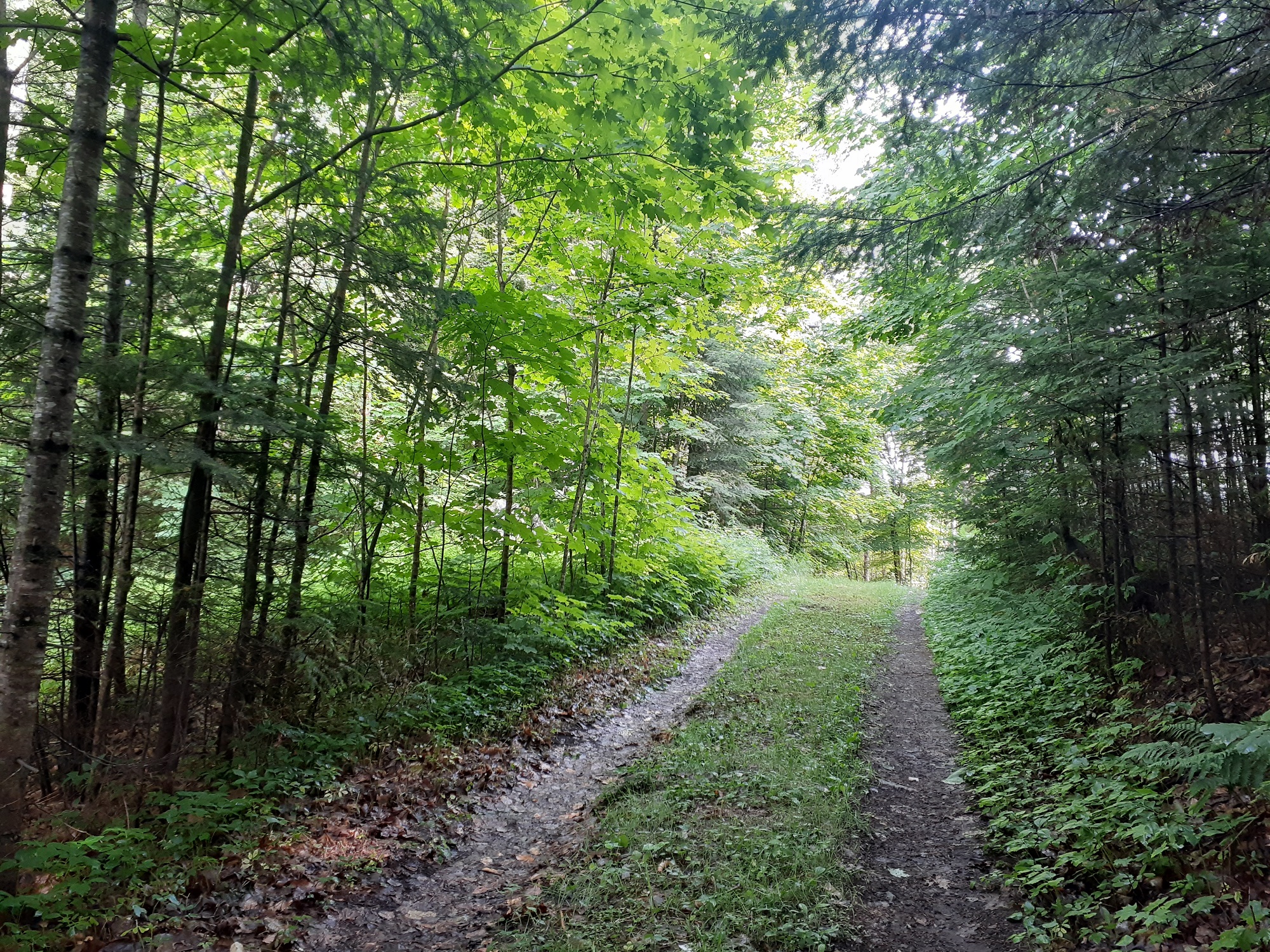Have you ever heard of ‘companion plants’? If you’ve been gardening for a while, you’ve probably heard of the term.
When you grow vegetables or flowers in the garden or on the balcony, especially when you grow multiple plants, there are some plants that go well with each other and some that don’t for some reasons.
For example, one of the most famous combinations is tomatoes and basil.
Tomatoes grow tall and are a sun-loving vegetable, while they are not so greedy for moisture. We don’t want them to get too dry, but a steady supply of moisture is more important.
On the other hand, basil is a water-loving herb and can be grown underneath the tomato branches. It is a win-win situation that both tomatoes and basil are happy. Basil also helps to keep pests away from the tomatoes.
There are some plant combinations that are perfect for each other, such as tomatoes and basil, while others that should not be planted together (or near each other).
That’s why when we grow different vegetables and flowers in the same area, we always check their compatibility. What we missed, however, was the gladiolus.
We simply chose the sunniest spot in the garden to plant them, right in the middle of the vegetable patch. After planting them, I found out that gladioli don’t go well with any vegetables and especially not with beans and peas. Well, it’s too late. I’ve already planted sweet peas and beans next to them…
A few years ago, we planted gladiolus bulbs in the front garden, but they didn’t flower well because they didn’t get enough sun. So this year we’ve just tried to give them the most sun.
Anyway, what’s done is done. The beans and sweet peas are sitting to the south of the gladiolus, but nothing has been planted in the other three directions. What on earth can we plant next to gladiolus that are incompatible with all vegetables?
In the first place, why are gladiolus so unfriendly with other vegetables? I’m not quite sure why, but I think one thing is the difference in required soil. Gladiolus grow well in poor soil, — they even may not perform well with nutritious rich soil, while most vegetables love fertile soil. It’s also because gladiolus can grow over a metre high, which creates a lot of shade and blocks the light to neighbouring vegetables. If that is the case, we can still grow some vegetables which can grow in half shade, can’t we?
In the end, I planted mitsuba, arugula and komatsuna next to the gladiolus. They are all leaf vegetables which like cool climate and can grow in half shade. They can be harvested earlier than the gladiolus flowering which takes about three months.
Good news was the gladiolus sprouted a couple of days after I planted three vegetables around them.
Mitsuba, arugula and komatsuna should be ready to harvest in about 40 days after sowing, and have already germinated. We should be able to harvest them in about a month, although we’ll have to think about what to plant after that.




